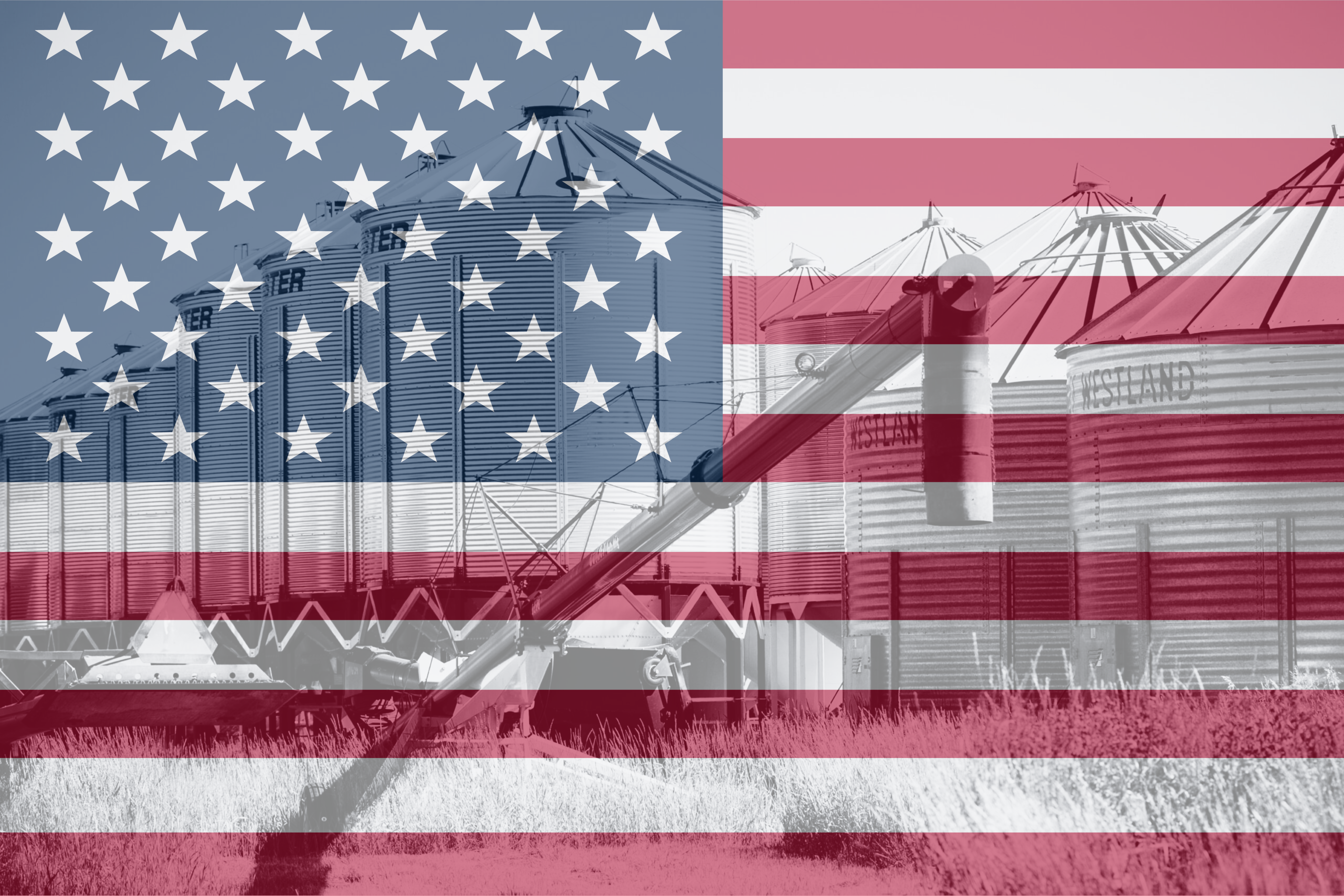By Marlene Boersch, Mercantile Consulting Venture Inc
January 2023
The new crop year is one-third underway at the time of writing, so it is time to recap the production outcomes for the year, gauge the year-to-date export progress, and assess the prospects for the remainder of the year.
Peas
Statistics Canada’s (StatCan) final 2022 production estimate of December 2 lowered their previous Canadian pea production estimate by 162 thousand tonnes (KT) to 3.4 million tonnes (MT). Excluding last year’s drought reduced crop, this is the smallest Canadian pea production since 2015, but still is 52% larger than last year’s crop.
Canadian pea supply recovered from 2.8 MT in 2021/22 to 3.8 MT in 2022/23. We calculate that international pea production, by Canada’s competitors, recovered from 7.5 MT in 2021 to about 9.1 MT in 2022.
Competition to Canadian Peas
| (KT) | 2021 Est.Production | 2022 Est.Production | 2023 Early Estimated Production | |
| United States (U.S.) | 390 | 564 | U.S. Department of Agriculture (USDA) est. | 600 |
| Ukraine | 583 | 375 | Estimated | 700 |
| Russia | 2,159 | 2,702 | Estimated | 2,600 |
| Australia | 261 | 235 | Australian Bureau of Agricultural and Resource Economics (ABARES) | 235 |
| European Union (EU) | 1,837 | 1,800 | European Commission (EC), mostly used domestically | 1,800 |
| Subtotal | 5,230 | 5,676 | 109% | 5,935 |
| Canada | 2,257 | 3,423 | 152% | 3,000 |
| Total | 7,487 | 9,099 | 122% | 8,935 |
What about the demand side? We have projected Canadian pea exports for this crop year at 2.5–2.6 MT, which would bring 2022/23 Canadian pea ending stocks to about 450 KT, a 14% stock-use ratio. The StatCan export numbers show that 866 KT were exported during August through October, latest numbers, but adding in weekly Canadian Grain Commission (CGC) bulk exports and an estimate for container shipments brings our year-to-date (December 4) export number to 1.1 MT. This translates into about 43% of expected exports for the first four months or one third of the crop year. This is about on schedule, as exporters tend to focus on pea shipments right after harvest before other crops come in. Front end loaded exports also lower remaining stocks in the New Year.
Considering exports by destination August through October, China has still been by far the biggest buyer of Canadian peas (586 KT; 68% of the year-to-date total). We had projected 1.5 MT of exports to China for the 2022/23 crop year, so are roughly on target. However, as discussed previously, if we could get some demand for peas from the feed sector in China this would tighten things up significantly and hence remains a potential change factor. So far, this has not happened. Reduced demand from COVID-19 in that country is not helping, and it remains to be seen if the recent move away from COVID-19 controls in China will have a positive effect on demand. The other unknown about China is how they see Russian peas. There were unofficial reports in
late summer that a phytosanitary protocol had been approved by China for Russian peas, but we are not aware of actual pea imports from that country yet. Given that Russia has become a major producer, see above, this certainly is a threat to Canadian pea export volumes to China. To date, Canada still has about 95% market share for peas in China.
Bangladesh has been the second largest importer (116 KT) and exporters have been pleased to see Bangladesh back in our market after they bought no peas from Canada last crop year. We projected 150 KT of imports from Canada for this year, so are well on our way. The United States (U.S.) were third at 50 KT year-to-date. Shipments into the US have also been unusually brisk. Pet food and fractioning needs in the US still represent growing opportunities for Canadian peas. Exports to Pakistan and the Philippines are also doing well, while exports are lagging behind expectations for some of the smaller container destinations such as Venezuela, and the European Union (EU), although the difficulties with container shipments have eased.

Overall, demand has followed expectations, and we expect the market outlook for the new year to continue that pattern. This should translate into mostly firm or sideways prices for yellow peas, while maintaining a premium for green peas. Should demand for feed peas from China materialize, however, then the balance sheet would tighten, and prices would respond accordingly.
Another large issue in Canada will be the positioning amongst crops to attract new crop acres. Grower meetings are starting just after Christmas and will continue into early March. We have not yet seen new crop bids for peas, but current bids for new crop 2023 canola ranging from $17.30–$18.36 per bushel (bu) in Saskatchewan all but ensure that competition for acres should remain stiff. If exporters see the need to stop the drop in pea acres that we have seen over the past two years, then new crop bids will have to be competitive with those for canola and wheat.
Lentils
The final StatCan 2022 lentil production estimate was at 2.3 MT on December 2, a full 477 KT smaller than their September estimate. Excluding last year’s drought-reduced crop, this is the smallest Canadian lentil production since 2018, but still is 43% bigger than last year’s crop. Canadian lentil supply recovered from 2.1 MT in 2021/22 to 3.1 MT in 2022/23. Gauging the production of our major competitors, we calculate that international lentil production recovered from 5.2 MT in 2021/22 to about 6 MT in 2022/23.
World Lentil Production Estimate – Selected Major Producers – All Lentil Types
| (KT) | 2020/21 | 2021/22 | Projected 2022/23 |
| Australia | 817 | 925 | 875 |
| Canada | 2,870 | 1,606 | 2,301 |
| United States (U.S.) | 350 | 151 | 246 |
| Turkey | 445 | 175 | 340 |
| Morocco | 25 | 30 | 25 |
| India | 1,100 | 1,300 | 1,280 |
| Bangladesh | 150 | 150 | 100 |
| Russia | 85 | 100 | 80 |
| Kazakhstan | 75 | 50 | 40 |
| Other | 750 | 750 | 700 |
| Total | 6,667.0 | 5,237.0 | 5,987.0 |
| % Canada | 43% | 31% | 38% |
On the demand side, we projected this crop year’s Canadian exports at 2.15 MT (Agriculture and Agri Food Canada (AAFC) is using 2.3 MT), which should get us roughly to a 10% stock-use ratio. August through October StatsCan export numbers show 560 KT and adding weekly bulk CGC number plus an estimate for containers brings our year-to-date exports to about 820 KT, or 38% of projected exports for the first four months of the crop year.
Looking at exports by destination, we note that India at 146 KT, August to October, is still our biggest importer, and on target with expectations for this year. Second is Turkey with 114 KT, but shipments to Turkey have been significantly lower than last year’s and below expectations. Turkey re-exports most imported lentils and checking export data from Turkey, mostly into the Middle East, shows that January through September 2022 was very good (~145 KT), but October was weaker, reflecting a somewhat weaker demand from the Middle East, possibly due to price or inflationary pressures. Canadian exports to Egypt have also been slow, likely due to high expectations on the Australian lentil crop. Other positive export developments have been to Bangladesh, Pakistan, and the United Arab Emirates (UAE).

We can see that green lentils will remain tight, and traditionally see another share of purchases in February or March. Meanwhile, red lentils markets are seeing competition by Australian lentils. And while overall Australian lentil production likely dropped from 1.1 MT to about 850-900 KT (still a big crop) due to unfavourable weather during harvest, there will be a significant tonnage with lower quality lentils available to buyers. This is viewed as negative to red lentil values, because buyers, especially in Asia, now have to the choice of buying a lower-valued, discounted product.
We expect lentil values to move sideways over the next while. Movement for green lentils has slowed, but the market remains quite tight and generally the next buying period for greens happens in February to March. Red lentils will have to compete with Australian red lentils over the next two months, but growers seem content to hold for now. The winter planning period will be interesting, as new crop lentil prices will have to remain competitive with alternate crops, like canola, durum, and wheat.
Marlene Boersch is a managing partner in Mercantile Consulting Venture Inc. More information can be found at www.mercantileventure.com.



